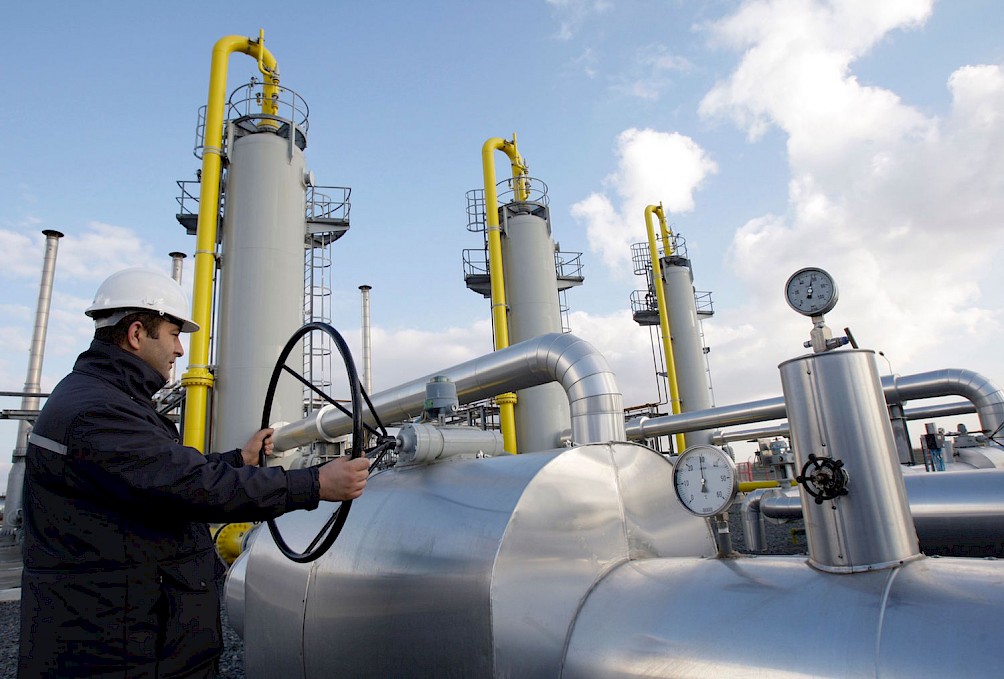Upstream Gas Emissions Not Adding Up
March 17, 2016

More questions are being raised over the accuracy of the federal government’s new calculations of upstream greenhouse gas emissions for energy projects such as pipelines and liquefied natural gas plants.
Last week, the Pembina Institute wrote the Canadian Environmental Assessment Agency (CEAA) to suggest the agency’s recent calculations for the Woodfibre LNG project in Squamish – based in part on the Pembina Institute’s calculation tools – might have been low because methane leakage could have been underestimated.
“Because we don’t have good B.C. studies, we don’t know what the actual number is,” said Pembina Institute regional director Matt Horne.
The clean-energy think-tank supports the federal government’s decision to require all CEAA reviews of industrial projects to include a calculation of the potential upstream (at the point of extraction or processing) greenhouse gas (GHG) emissions associated with them.
In the past, that was not part of the review process for pipelines or other large industrial projects.
But in the case of liquefied natural gas (LNG) projects in B.C., getting an accurate calculation is being frustrated in part by a lack of accurate data.
Climate change policies tend to focus on reducing carbon emissions. But for the unconventional oil and gas sector, methane is becoming both a bigger concern and, potentially, a bigger opportunity for GHG reduction.